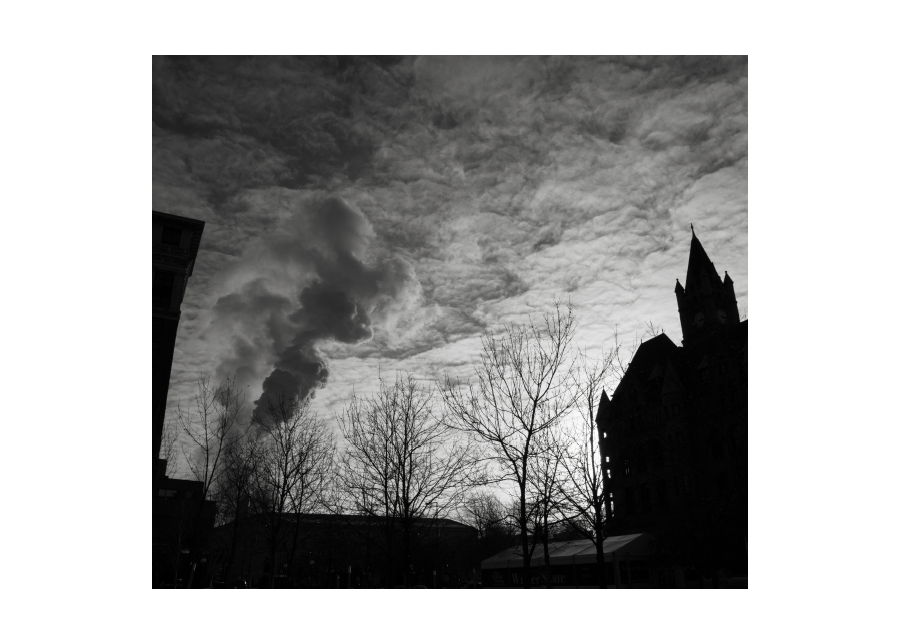A full report on From Refugee Camp to “Hyperghetto”: Mapping the Spatial Distribution of Hmong Refugees in the Twin Cities, 1976-1996 can be found here.

This interdisciplinary research project studies the spatial distribution of Hmong refugees resettled in Saint Paul and Minneapolis and its relationship to Hmong American urban life in the last quarter of the twentieth century. It uses GIS to map the primary resettlement and secondary migration patterns of over 4000 Hmong refugees resettled in the Twin Cities in the 1970s and 1980s, and it supplements this spatial analysis with archival records and oral history interviews.
Preliminary analysis suggests that, from the very beginning of their resettlement in the United States, Hmong refugees were placed in neighborhoods characterized by a high level of poverty and a high percentage of racial minorities. By placing this vulnerable population in parts of the city that were already racially segregated and socially and economically disadvantaged, the resettlement program undercut its own effort to help refugees achieve economic self-sufficiency and social integration.
This project addresses the need for more interdisciplinary research that connects different fields of scholarship—Asian American studies, critical refugee studies, urban history, and immigration history. Most notably, this project intervenes in the scholarship on urban history and racial segregation by focusing on Southeast Asian Americans and their experiences of urban resettlement. The problem of “the urban crisis” in the late twentieth century has received substantial attention from scholars, who have used a broad range of tools, including mapping, to illustrate the myriad connections between institutional racism, public policy, and urban poverty. However, this scholarship has not engaged fully with the experiences of Asian Americans, especially Southeast Asian Americans and those who reside outside coastal ethnic enclaves. By studying the migration patterns and lived experiences of Southeast Asian refugees in Minnesota, this project adds important complexity to the scholarship on race and urban life.
Researchers: Melissa May Borja and Aaron Gilbreath
| borja_and_gilbreath_-_hmui_report.pdf | 4.04 MB |